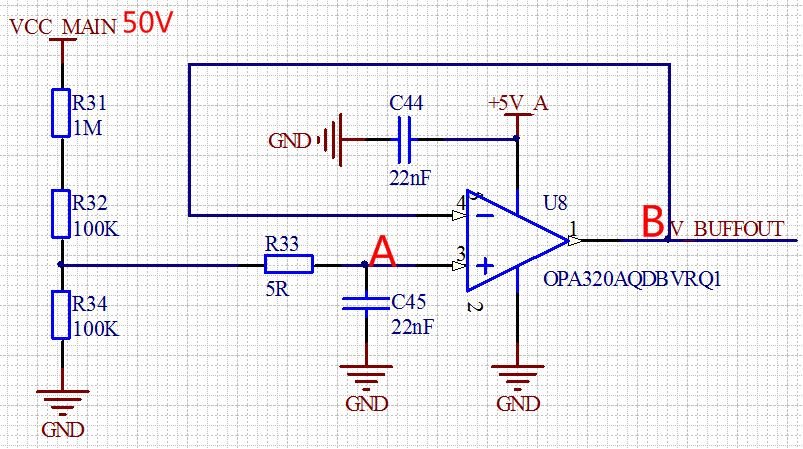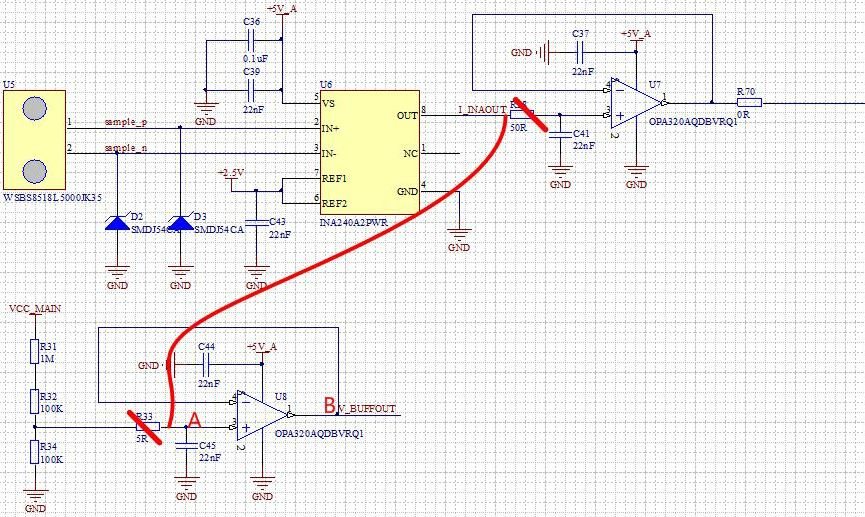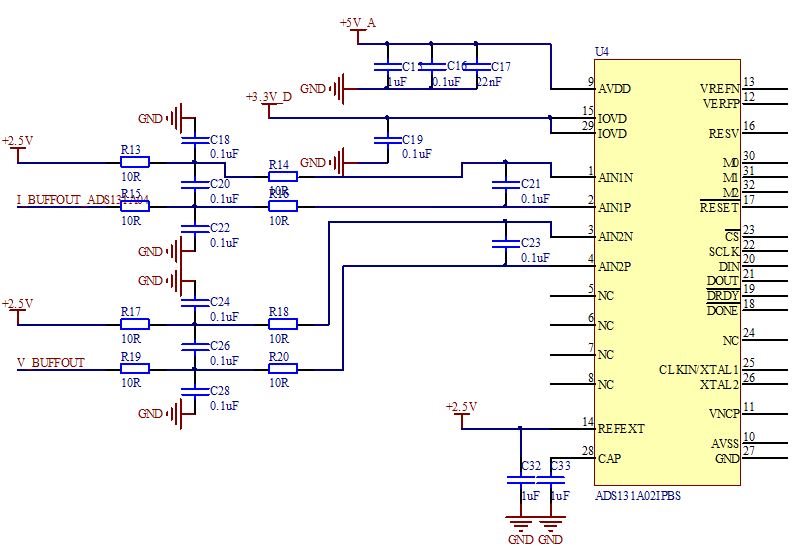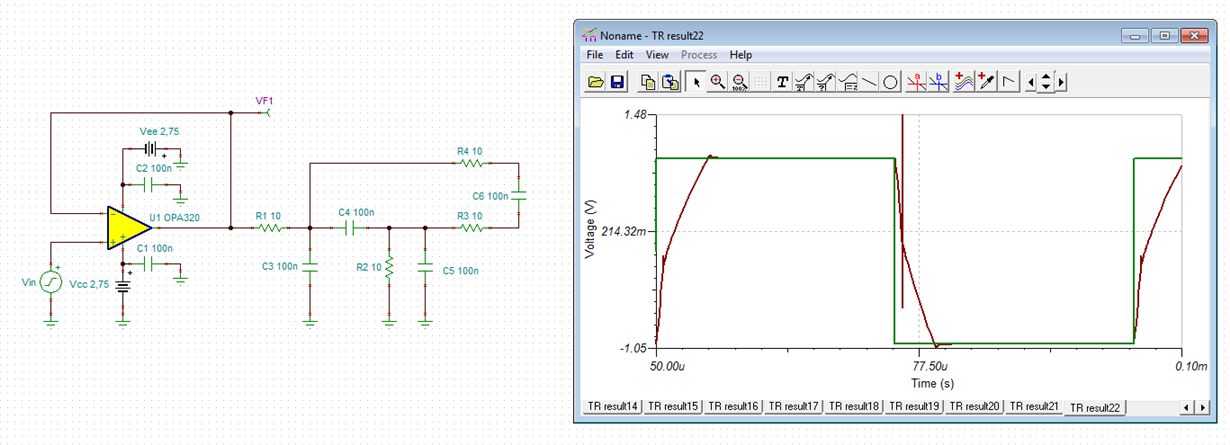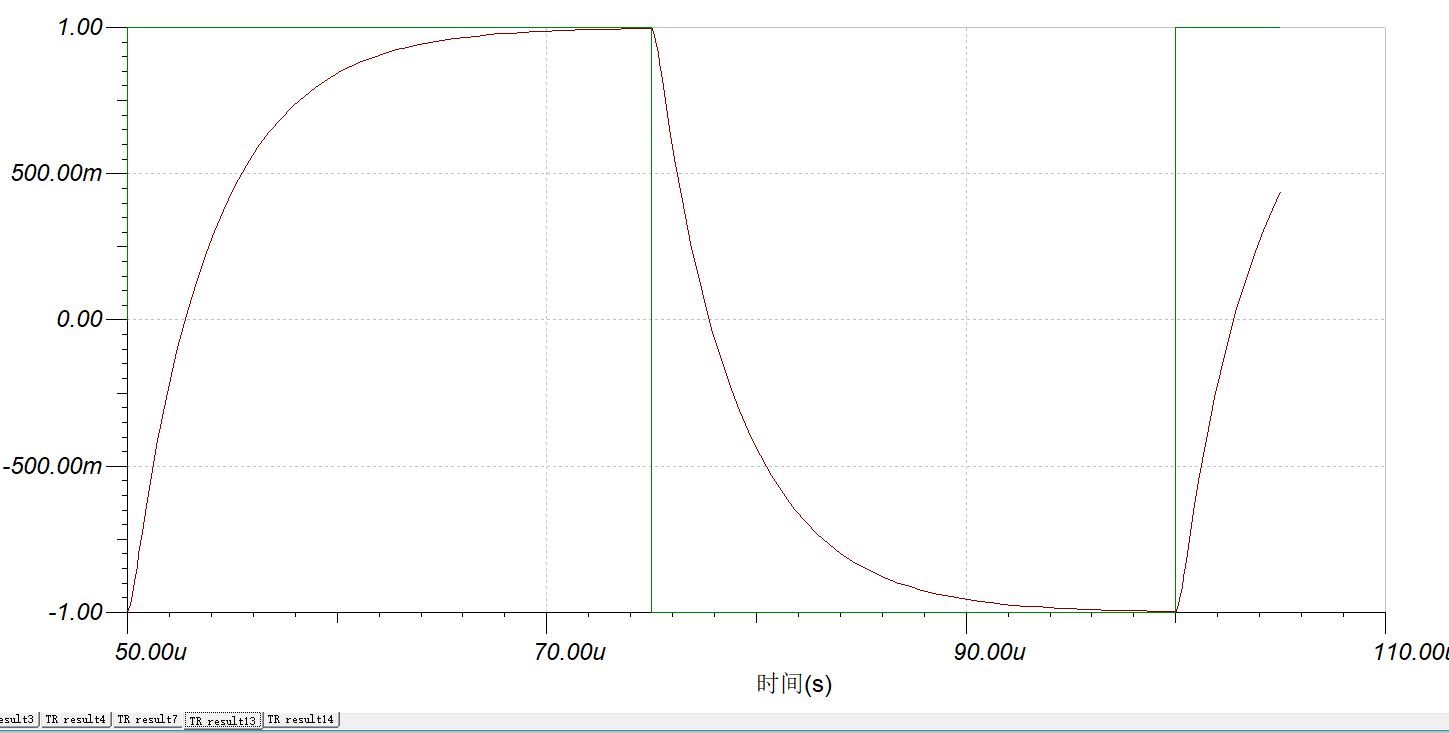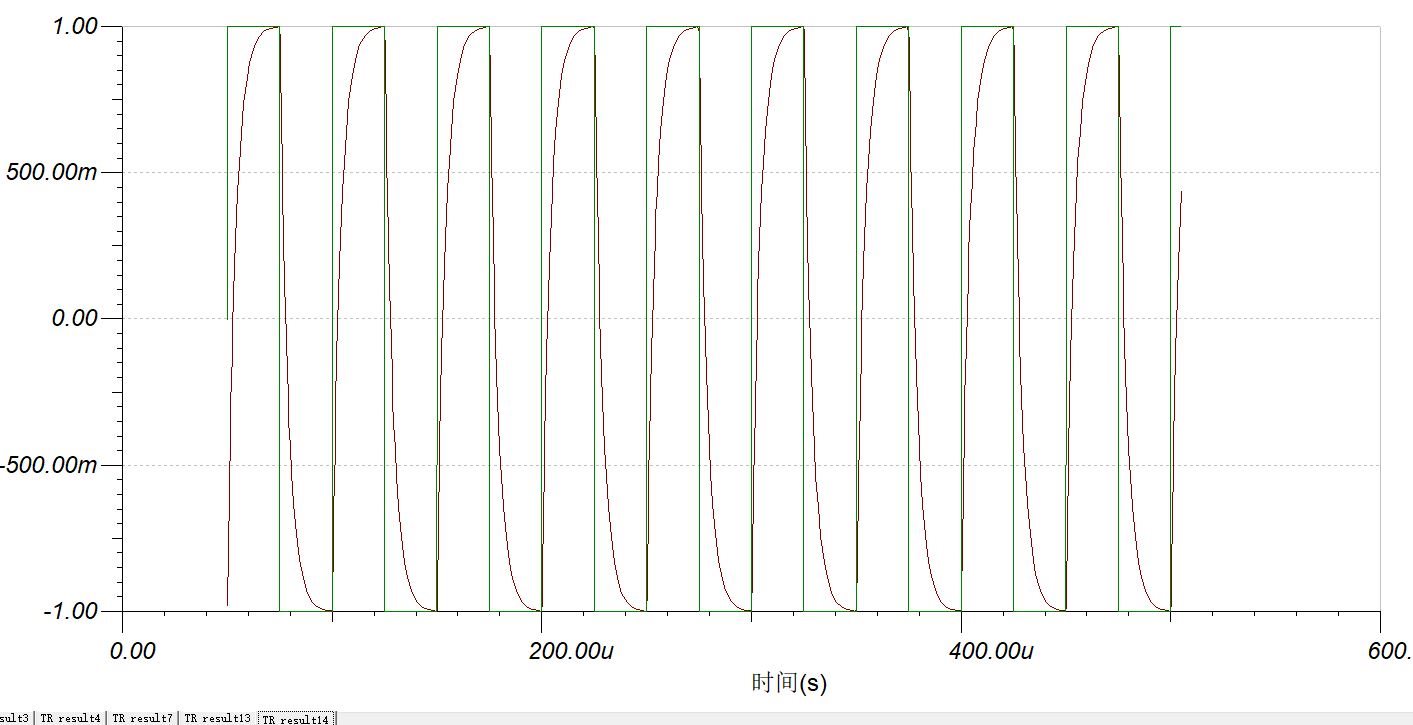Other Parts Discussed in Thread: INA240, ADS131A02
In my design, I used opa320 in two places, voltage detection and current detection.
Current detection
A and B are almost equal.
Voltage detection
The resistance is temporarily selected to 5% accuracy,VA=4.14049V,VB=4.17855V,ΔV=38.06mV
Then, I tried the following
A and B become almost equal.
What is the difference between the two inputs?
The input impedance,because the output impedance of the amplifier is very small.
So,my guess is that the input impedance of the source is the cause.
Then, I tried to lower the input impedance: R31=10K,R32=1K,R34=1K. The voltage is reduced by taking into account the power consumption of the resistance.VCC_MAIN=24V.
The results are as follows: VA=1.97123V,VB=1.97141V,ΔV=0.18mV. It's improved a lot.
The input impedance of the voltage follower is infinite, will the 1M resistance affect it so much?
In addition, the magnification tends to be 1 but not greater than 1.The signal source internal resistance will share a part of the voltage, why is the output of the voltage follower larger than the input?
Thanks for your help !



